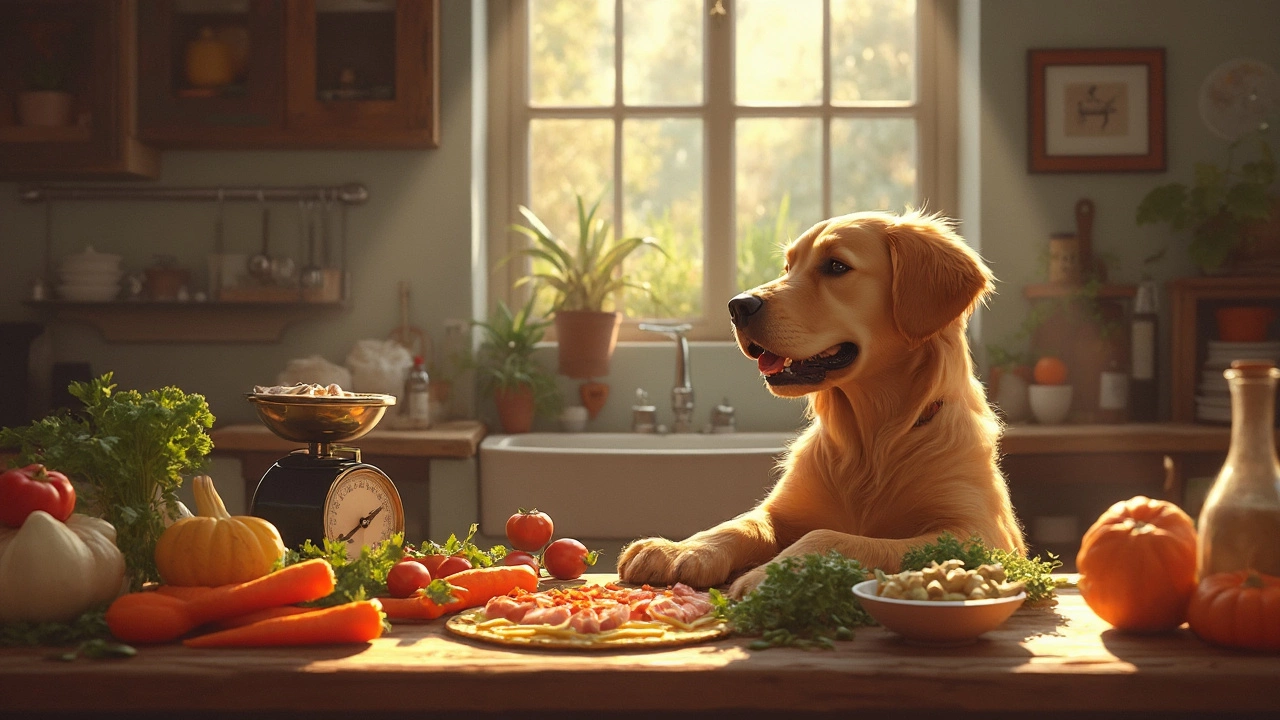Human Food for Dogs: What’s Safe and What to Skip
If you ever wonder whether sharing a bite of your dinner is okay, you’re not alone. Many owners think a little table scrap can be a treat, but not every human food plays nice with a dog’s stomach. The good news? There are plenty of foods that are both tasty and healthy for your canine. The bad news? Some common kitchen items can cause serious problems.
Before you toss anything in the bowl, ask yourself three quick questions: Is the food non‑toxic? Is it low in added salt, sugar, or spices? Can it be given in small, bite‑size pieces? If the answer is yes, you’re probably on solid ground.
Common Human Foods That Are Dog‑Friendly
Cooked lean meats – Chicken, turkey, and lean beef are great sources of protein. Just strip off the skin and bones, and avoid any seasoning. A few small pieces after a walk can be a rewarding snack.
Plain rice or pasta – If your dog has an upset tummy, a spoonful of boiled white rice mixed with a little boiled chicken can soothe digestion. Keep the sauce off.
Vegetables – Carrots, green beans, and cucumber slices are low‑calorie crunchers that many dogs love. Steam them lightly if your pup prefers softer textures.
Fruits – Apples (no seeds), blueberries, and banana chunks give a sweet boost of vitamins. Just watch the portion; fruit sugar adds up fast.
Plain yogurt – A dollop of unsweetened Greek yogurt offers probiotics that help gut health. Make sure your dog isn’t lactose intolerant before serving.
Human Foods That Can Harm Your Dog
Chocolate – Even a tiny piece can be toxic because of theobromine. Dark chocolate is especially dangerous.
Grapes and raisins – These can cause sudden kidney failure. Keep them far from any pet bowl.
Onions and garlic – In any form, they damage red blood cells and can lead to anemia.
Fatty scraps – Cooked bacon, sausage, or fried foods can trigger pancreatitis, a painful inflammation of the pancreas.
Artificial sweeteners – Xylitol, common in sugar‑free gum and some peanut butter, can cause a dangerous drop in blood sugar.
When you’re unsure, it’s safest to skip the food. A quick search or a call to your vet can clear up doubts.
Integrating human food into your dog’s diet works best when you keep the overall balance in mind. Treats should make up less than 10% of total calories. Too many extra calories can lead to weight gain, which stresses joints and shortens life.
Start slowly. Offer a tiny piece, wait a few hours, and watch for any signs of upset – diarrhea, vomiting, or unusual lethargy. If anything looks off, stop the food and contact your vet.
Remember, your dog’s nutrition is built around a complete dog food that meets AAFCO standards. Human foods are just occasional bonuses, not replacements. Use them wisely, and you’ll add variety without compromising health.
Got a favorite kitchen snack? Try a small, plain piece first and see how your pup reacts. With a little caution, sharing a bite can be a fun, bonding moment for you and your dog.
What Can Dogs Eat Every Day Instead of Dog Food?
If you're running short on dog food or just curious about mixing things up, there are many everyday human foods your dog can eat safely. This article explores the potential of homemade meals, highlighting the benefits of whole foods over processed kibble. Learn what nutrients to focus on to ensure your furry friend gets a balanced diet. Uncover tips and tricks to make the transition to human food safe and enjoyable for your pet.
